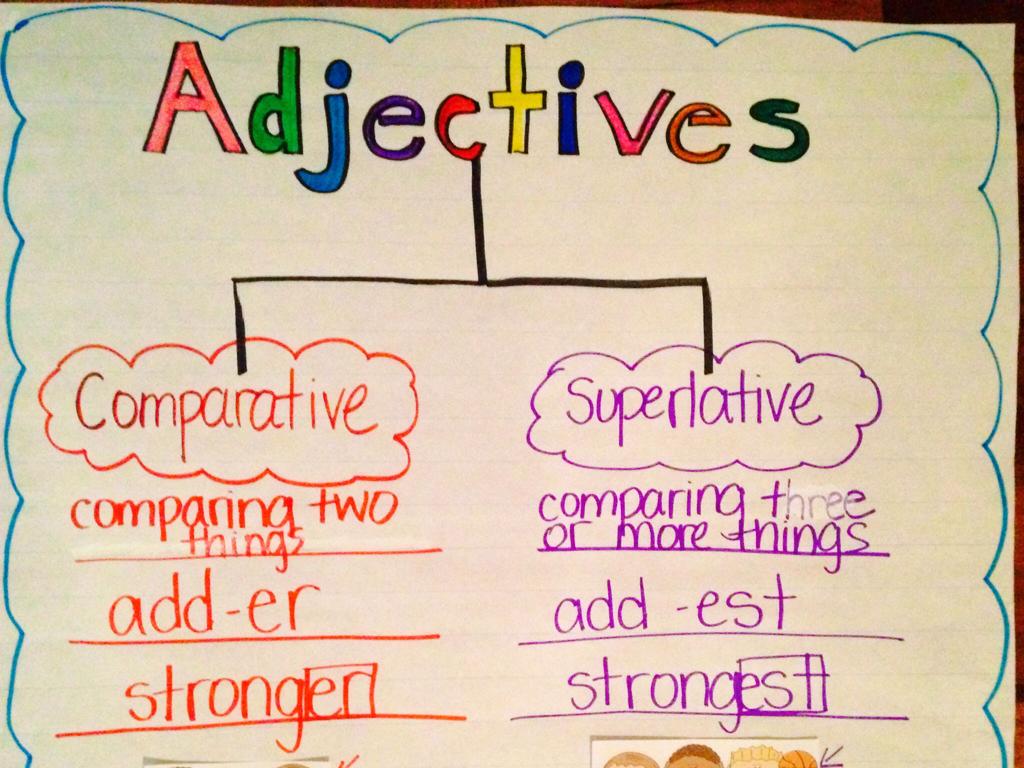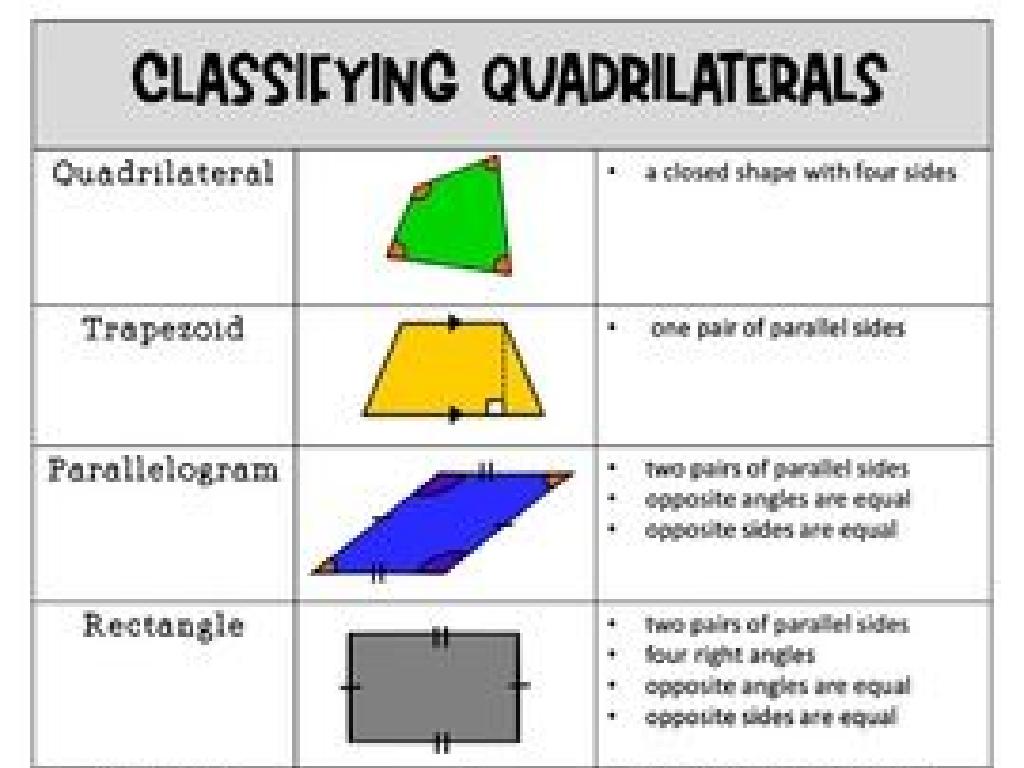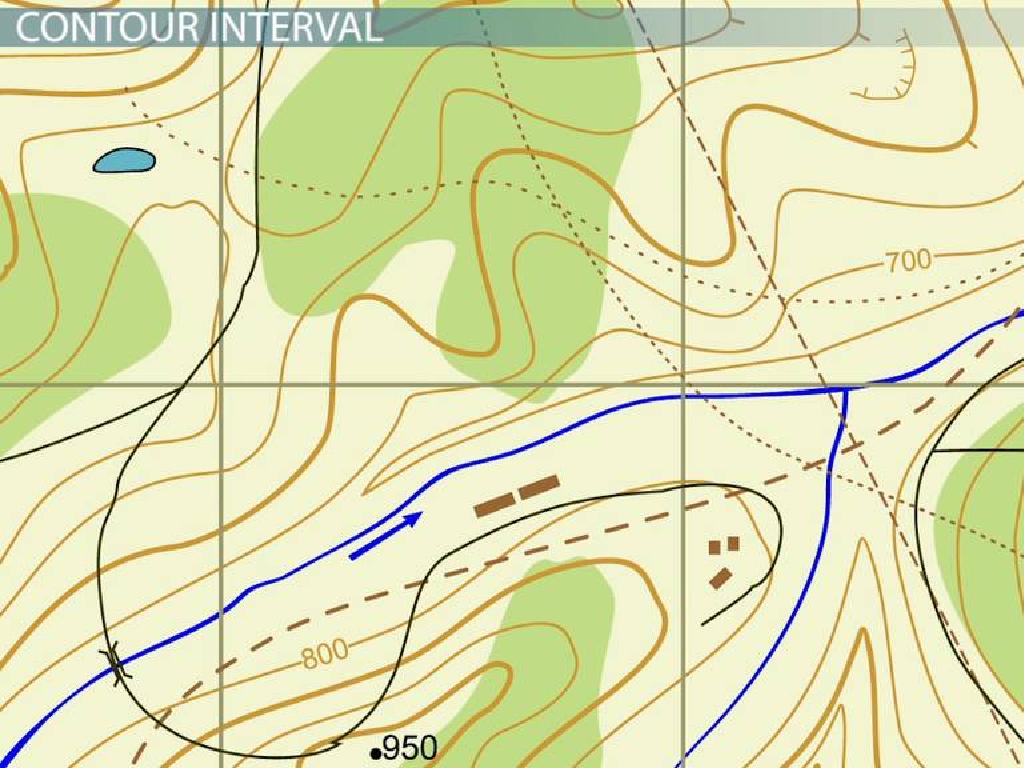Subtract Multiples Of 100
Subject: Math
Grade: Second grade
Topic: Subtraction: Three Digits
Please LOG IN to download the presentation. Access is available to registered users only.
View More Content
Subtracting Multiples of 100
– Understanding subtraction
– Subtraction means taking away numbers.
– Multiples of 100
– 100, 200, 300 are multiples of 100.
– How to subtract multiples of 100
– Take away a multiple of 100 from a number.
– Practice with examples
– Let’s try 500 – 200 = ?
|
This slide introduces the concept of subtraction with a focus on multiples of 100, which is a foundational skill in second-grade mathematics. Begin by explaining subtraction as the process of finding out how many items remain after some are taken away. Then, clarify what multiples of 100 are, using examples like 100, 200, and 300, and ensure students understand that these are simply hundreds stacked together. Next, demonstrate how to subtract a multiple of 100 from another number, emphasizing that only the hundreds place changes. Provide several examples and encourage students to solve them. For instance, if we have 500 apples and give away 200, how many do we have left? Finish with an interactive activity where students can practice this skill with different numbers.
Understanding Multiples of 100
– What are multiples of 100?
– Numbers like 100, 200, 300…
– Multiples as building blocks
– Each block represents 100 units
– Counting by hundreds
– Practice: 100, 200, 300, up to 1000
– Visualizing with blocks
– Use blocks to stack hundreds and see the total
|
This slide introduces the concept of multiples of 100, which is foundational for understanding subtraction of large, round numbers. Explain that multiples of 100 are simply the numbers we get when we count by hundreds. Use visuals like building blocks or counters to represent 100 units each, making it easier for second graders to grasp. Engage the class in counting by hundreds together and show how these numbers add up, reinforcing the concept with physical or digital blocks that can be stacked to represent each multiple of 100. This visual and interactive approach will help students understand the structure of these numbers before moving on to subtraction.
Subtracting Multiples of 100
– Start with 300, subtract 100
– If you have 300 apples and give away 100, how many are left?
– Use blocks to understand subtraction
– Blocks represent hundreds, tens, and ones. Remove a block of 100.
– 300 minus 100 equals 200
– Just like with apples, if we take 100 from 300, we have 200 left.
|
This slide is aimed at helping second-grade students understand the concept of subtracting multiples of 100 through a tangible example. Begin by posing a question that involves a relatable quantity, like apples, to make the concept more concrete. Then, demonstrate the subtraction using blocks to represent hundreds, which will visually show the students what happens when we subtract 100 from 300. Emphasize that when we subtract 100, we are taking away one block of hundred, leaving us with two blocks of hundred, which equals 200. This visual and hands-on approach will help solidify their understanding of subtraction with larger numbers.
Subtracting Multiples of 100
– Start with a big number like 600
– Subtract 200 from 600
– Imagine having 600 apples and giving away 200
– Remove two sets of 100 blocks
– Visualize taking 2 stacks of 100 blocks away
– Discover the new number is 400
– What number do we get after subtraction?
|
This slide introduces the concept of subtracting multiples of 100 in a way that second graders can easily visualize and understand. Start by explaining that larger numbers like 600 can be broken down into smaller, more manageable parts, such as six 100 blocks. When we subtract 200, we are taking away two of these 100 blocks. Use physical or visual aids like blocks or drawings to help students see the subtraction process. After removing the two sets of 100 blocks, we’re left with four 100 blocks, which equals 400. Reinforce the concept by having students practice with different multiples of 100, ensuring they grasp the idea of removing sets of 100 to find the answer.
Practice Time: Subtracting Multiples of 100
– Let’s solve subtraction problems
– Count backwards in hundreds
– Like 500 – 100, think 5 – 1, then add the zeros back
– First example solved as a class
– We’ll do 600 – 300 together on the board
– Then practice individually
|
This slide is designed to engage students in practicing the subtraction of multiples of 100. Start by solving a problem together as a class to demonstrate the process. Emphasize the technique of counting backwards by hundreds, which can be visualized as taking steps back on a number line. After the group example, allow students to attempt problems on their own, providing support as needed. Possible activities include using manipulatives like blocks that represent hundreds, interactive whiteboard exercises, or paper worksheets. Encourage students to explain their thought process to reinforce their understanding.
Subtraction Patterns with Hundreds
– Patterns in subtracting 100s
– Last two digits remain constant
– Like 500 – 100, we keep 00 and change 5 to 4
– Hundreds place decreases
– 600 – 200 becomes 400; only the 6 changes to 4
– Let’s review examples together
– Example: 700 – 300 = 400, notice the pattern?
|
This slide is aimed at helping second graders recognize patterns when subtracting multiples of 100. Emphasize that while the last two digits of the number remain the same, the digit in the hundreds place is reduced by the number of hundreds we are subtracting. Use clear examples on the board to illustrate this concept, such as 500 – 100 = 400, where only the digit in the hundreds place changes from 5 to 4. Encourage students to practice with different numbers to reinforce the pattern and build confidence. Prepare to guide them through several examples and answer any questions they may have about the process.
Let’s Play a Subtraction Game!
– Roll the dice to move forward
– Solve problems to move back
– Subtract multiples of 100 when you land on a challenge space
– Reach the end to win!
– Practice subtracting 100s
– Example: 500 – 300 = ?
|
This interactive game is designed to help second graders practice subtracting multiples of 100 in a fun and engaging way. Set up a game board with spaces that students can move forward by rolling a dice. Include special challenge spaces that require students to solve subtraction problems involving multiples of 100 to move back. This reinforces the concept of subtraction by making them apply it to proceed in the game. The first student to reach the predetermined end point is the winner. Encourage students to use mental math where possible, and provide manipulatives like counters or base-ten blocks for those who need a visual aid. Possible variations of the game could include pair work, where one student rolls the dice and the other solves the problem, or team play to foster collaboration.
Class Activity: Subtraction Relay
– Teams solve subtraction problems
– Each member solves one problem
– Pass the baton after solving
– Fastest team with correct answers wins
|
This activity is designed to encourage teamwork and practice subtracting multiples of 100 in a fun, competitive setting. Before starting, ensure that each student understands how to subtract multiples of 100. Divide the class into small teams, and provide each team with a set of subtraction problems involving multiples of 100. Each team member takes turns solving one problem before passing the ‘baton’ to the next teammate. Monitor the teams to ensure fair play and correct problem-solving methods. The first team to finish with all correct answers receives a small prize. This could be a sticker, a certificate, or a privilege, like leading a future class activity. Have backup activities ready for teams that finish early, such as additional problems or math puzzles.
Conclusion & Homework: Mastering Subtraction
– Excellent work on subtracting 100s!
– Homework: Finish the worksheet
– The worksheet has problems to help you practice more
– Practice makes perfect
– The more you practice, the better you’ll get at subtraction
– Keep up the great work!
|
Today’s lesson focused on subtracting multiples of 100, which is an important skill in understanding place value and arithmetic. For homework, students are assigned a worksheet that provides additional problems for practice. This will help reinforce the concepts learned in class. Encourage students to try their best and remind them that making mistakes is a part of learning. Offer praise for their efforts and progress, and let them know that consistent practice will lead to improvement. During the next class, review the homework to address any difficulties students may have encountered.






